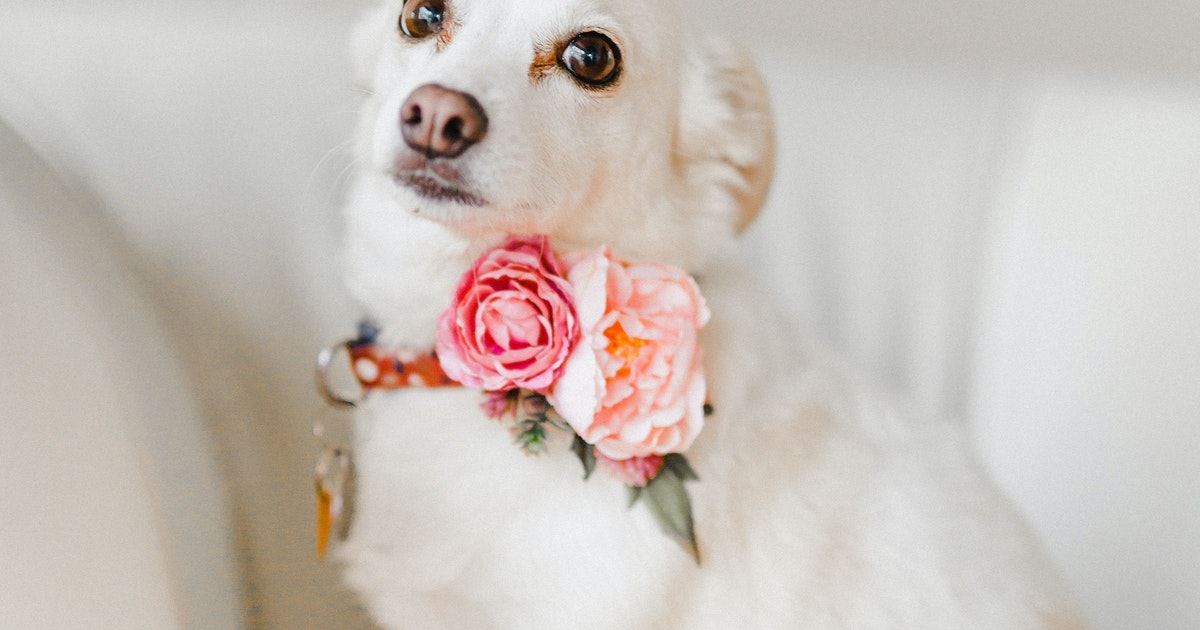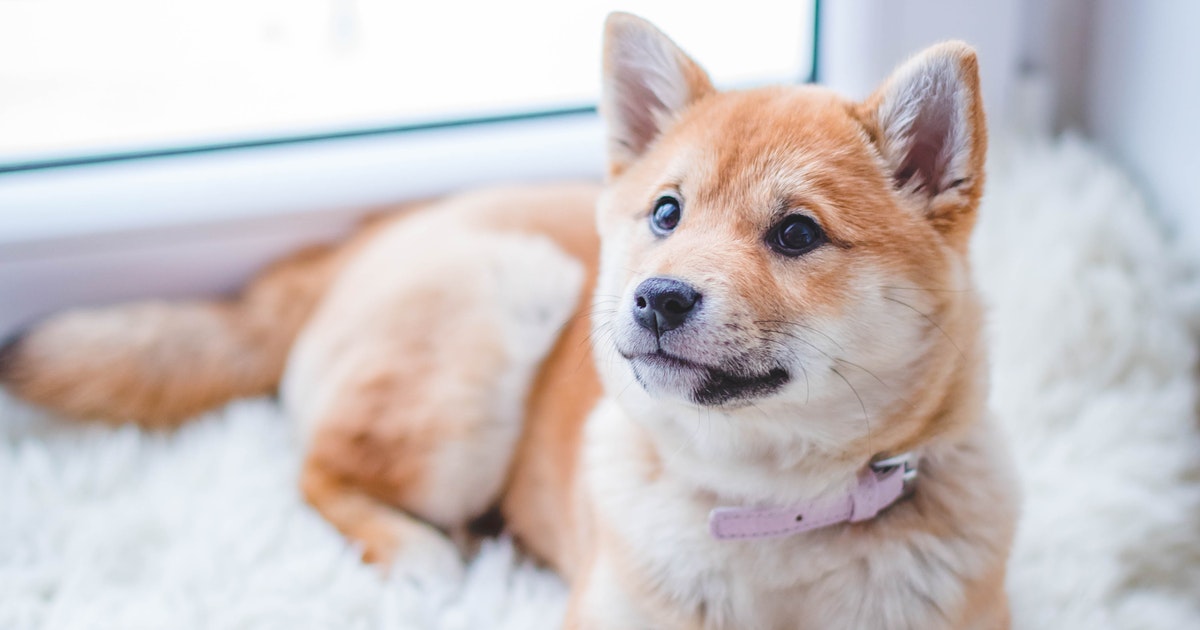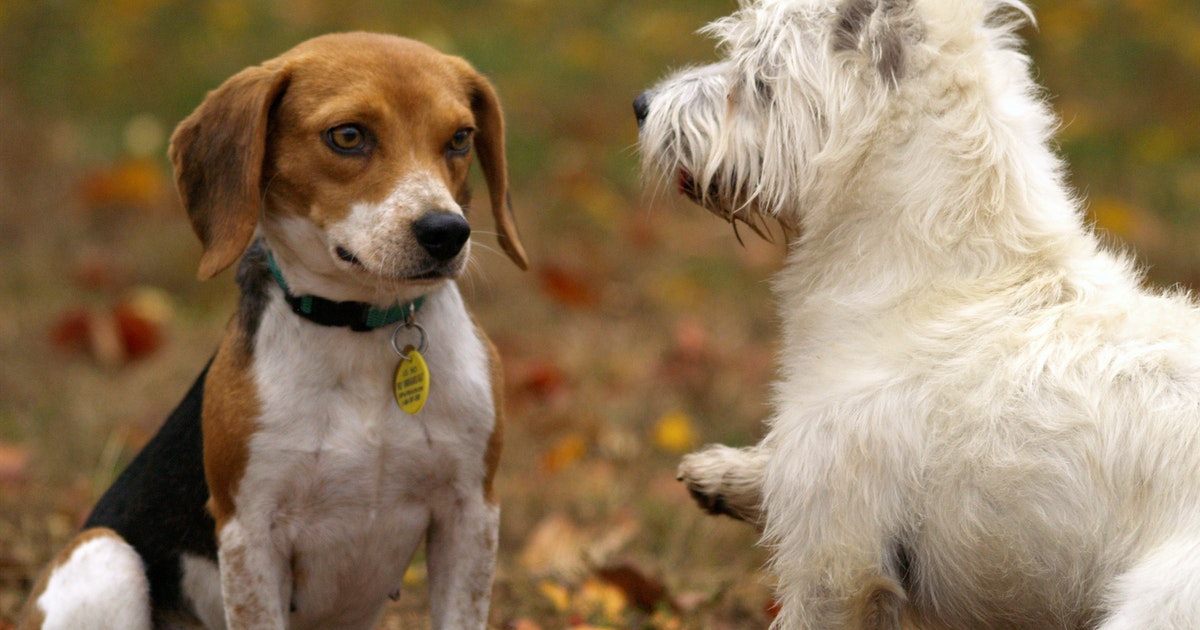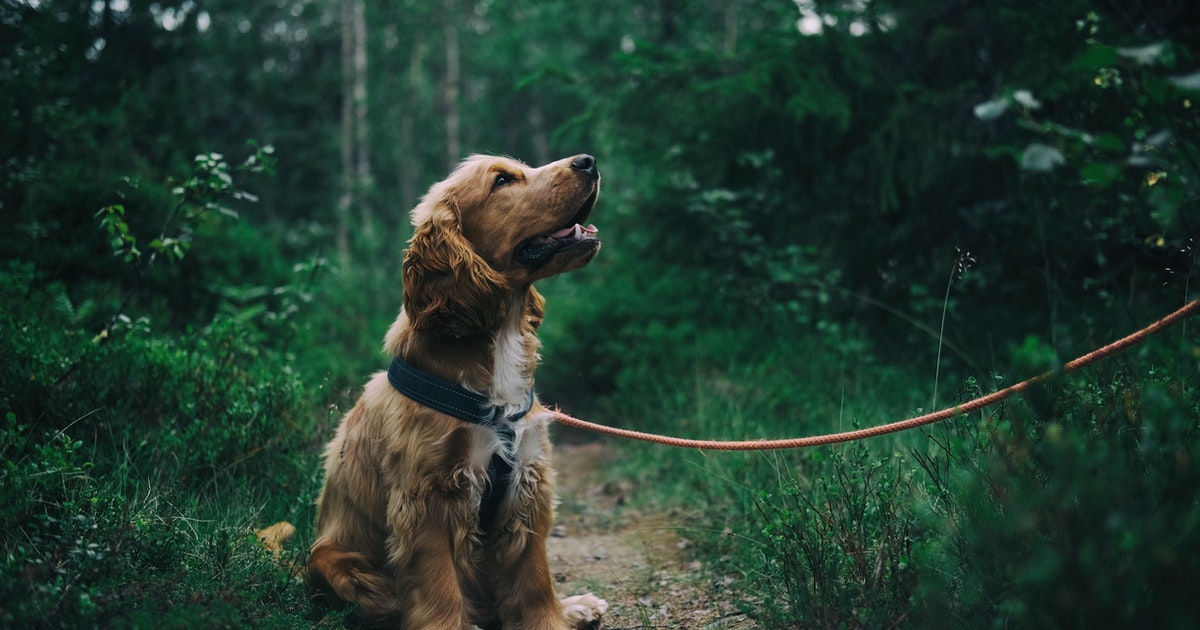5 steps to dog donation
Before the time of dog donation itself arrives, a few steps may be necessary. They are important for the effective delivery of the animal to happen.
All these procedures must be carried out so that the donation is as successful as possible, leaving the pet in a safe and very loving place.
It should be noted that, not always, dogs are donated as puppies. In some cases of dog donation, the animals are already a certain age, but they are still looking for a family that gives them lots of love and affection.
In other situations, the dog that will be adopted comes from the street. That is, from a place where he suffered a lot and did not receive all the necessary care. In these cases, it is necessary to be even more careful, since the dog may have some trauma and blockages.
In addition, your future owner needs to know all this information to better understand the personality of the animal you are taking home.
Here are the steps needed to make a successful dog donation.
1. Prepare the dog for adoption
Before you think about donating a dog, you need to make sure it’s ready for a new home.
Sometimes, some dogs leave the streets so traumatized that they get scared easily or attack people, even without them posing any threat to the animal.
As such, this dog needs to be groomed before being taken to a new home. Otherwise, chances are high that it will be returned to you or, worse, abandoned back on the streets.
Therefore, it is important to start adaptation work , making the dog begin to understand that not every human being will hurt him. So make him understand this and start training him to be more meek and calm.
If the animal is not angry, but is already a certain age, it is time to try to get it to leave behind habits that can be considered bad by adopters, such as, for example, chewing clothes and shoes.
If you are going to donate a puppy as a puppy, the stage of preparation for adoption involves other care, including some specific to health, which will be covered in the next topics.
2. Health care
Animal health care is essential for anyone who wants to promote a dog donation. After all, until the puppy arrives at the adopter’s home and the adoption term is signed, it’s still your responsibility. So anything bad that happens to him can cause problems for you.
To ensure that the animal does not present health problems in the adopter’s home and is later returned, pay attention to its health. So, do a check-up with the vet before taking it to the adopter’s house.
Anyone who wants to donate an animal responsibly needs to neuter it first. Thus, it avoids uncontrolled reproduction (generating more puppies that will need new homes). Likewise, it also prevents adoption by people of bad nature, who want to use it as a “factory” for puppies for sale.
After neutering, see if the pet’s health is good and if he doesn’t have problems with fleas or scabies. Also, give your friend a bath so that he arrives fragrant in his new home.
3. Search for interested people
Now that the pet is ready to get a new home, have you already made the disclosure and found interested people? If yes, great! This is the time to assess who wants to adopt the dog.
The analysis needs to be very detailed to ensure that the animal will be well taken care of and receive all the necessary care.
Sometimes, the potential adopter has a lot of love to give and truly wants this animal, but is not financially able to feed him properly and give him the necessary veterinary care. In these cases, it can be difficult to reject it, but you need to keep in mind what is best for the animal.
Some protectors have adoption forms with adopter data. They contain answers about what he would do in hypothetical cases, such as: “If you get pregnant, what are you going to do with the animal?”. It sounds like an exaggeration, but there are many cases of animal discards that happen due to lack of planning. Therefore, these reflections and a commitment to them help weed out stakeholders who are not good for the dog.
It is also recommended to look for references from that person and try to find out if they have tried to adopt an animal before and have not been successful. Depending on what you find, it might be worth taking a little longer to donate the dog. Above all, make sure he goes to a loving person.
4. Assess the dog’s new home
Found the perfect family! Now just deliver and that’s it? No!
You still need to evaluate the dog’s new home, checking if there are escape routes or if there is a possibility that he could get hurt somewhere. This house check can be done on delivery of the animal.
It is also at this time that you can give the adopter a donation term , listing the responsibilities of the new dog owner. This is done not only to decrease the return rate, but also to make the person aware that adopting an animal is assuming a great responsibility .
5. Follow up post-adoption
After you’ve donated the puppy, it’s normal for there to be a little anxiety about how he’s adapting to his new family.
You can do a post-adoption, checking in on the dog, through messages and calls. It is common for the adopter himself to do this kind of thing, sharing photos, for example. But if it doesn’t, feel free to probe how the animal is doing.
This will only help make you a responsible and caring protector.



